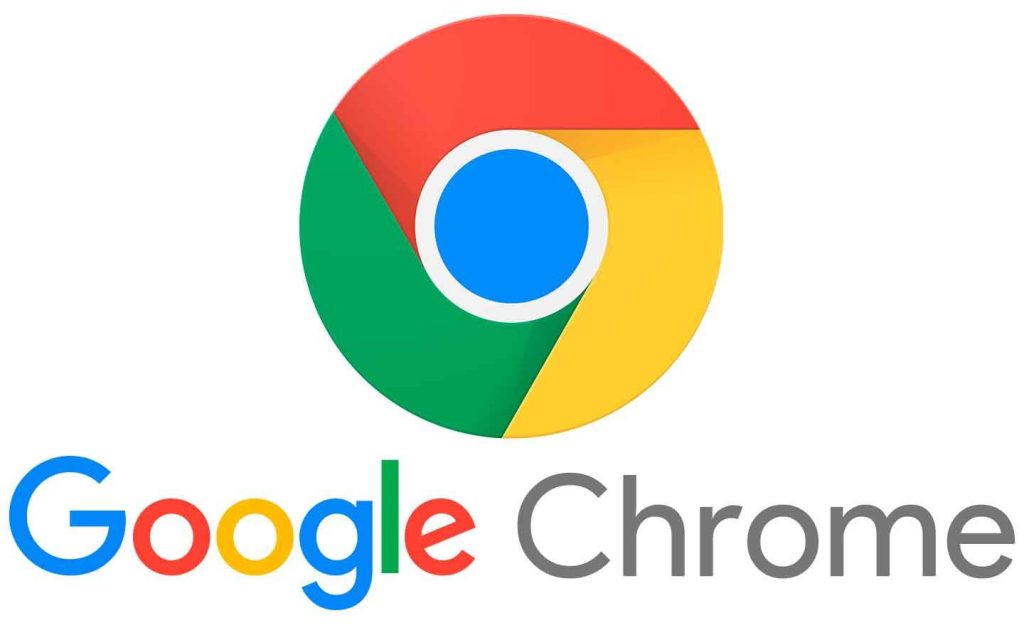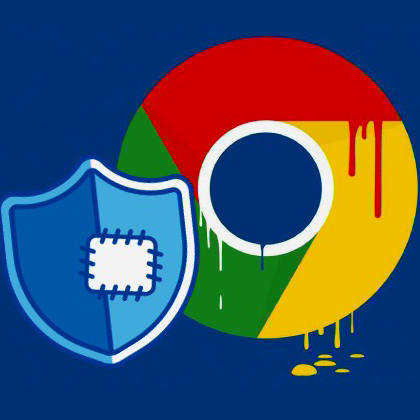
Google has confirmed a critical security vulnerability in Chrome that affects billions of users across Windows, Mac, Linux, and Android. This high-severity issue, identified as CVE-2025-2476, has prompted an urgent response from Google in the form of a security update released on March 19, 2025, to mitigate the risk of further exploitation.
Use-After-Free Vulnerability in Chrome Lens Component
The flaw is categorized as a use-after-free (UAF) vulnerability—one of the most dangerous types of memory management issues. It was discovered by SungKwon Lee of Enki Whitehat and reported on March 5, 2025.
CVE-2025-2476 resides in Chrome’s Lens component, which handles visual search and recognition. Attackers can exploit the flaw by crafting malicious HTML pages that trigger heap corruption, potentially leading to arbitrary code execution on the victim’s system. This is a textbook example of a google chrome exploit being used for remote attacks.
The vulnerability is classified under CWE-416 (Use After Free) by the MITRE Common Weakness Enumeration and scored 8.8 (High) on the CVSS 3.1 scale, denoting its critical nature.
Real-World Implications for Users
A successful exploit allows attackers to execute code with the same privileges as the logged-in user. This means a compromised system could:
- Install unauthorized software
- Access, modify, or delete sensitive data
- Create new user accounts with full administrative rights
- Completely take over the affected device
Although no active exploitation has been confirmed in the wild, the potential impact has led Google to treat this google chrome exploit as a top-priority security threat.
Versions Affected and Patch Information
The vulnerability affects Chrome versions prior to 134.0.6998.117. Google has issued fixes in the following builds:
- Stable Channel:
- Windows/Mac: 134.0.6998.117 / .118
- Linux: 134.0.6998.117
- Extended Stable Channel:
- Windows/Mac: 134.0.6998.89
Users running earlier versions are strongly encouraged to update as soon as possible to avoid falling victim to this google chrome exploit.
Why This Vulnerability Is So Dangerous
Use-after-free issues occur when a program continues to reference memory after it has been freed, allowing attackers to manipulate that memory space. This opens the door to executing malicious payloads.
Google’s AddressSanitizer, a tool designed to detect memory errors during development, typically catches these issues. However, CVE-2025-2476 made it into production, emphasizing the constant threat posed by sophisticated exploits.
How to Protect Your Device
To safeguard against this vulnerability, users should manually update Chrome without delay:
- Open Chrome and click the three-dot menu in the upper right corner.
- Navigate to Help > About Google Chrome.
- Allow Chrome to automatically download and install the latest version.
- Restart the browser to complete the update process.
Google has withheld detailed exploit information to provide a grace period for users to patch their browsers—don’t delay.
Final Thoughts
While Google acted swiftly in releasing a fix, the widespread nature of Chrome’s user base and the severity of the bug make this a moment of high alert. All Chrome users—especially those managing enterprise or sensitive environments—should verify their browser is up to date.
If you suspect your device may have been compromised by this or another browser-based threat, check out this free virus and malware removal guide to clean your system and restore security.
Patch now or risk compromise.

